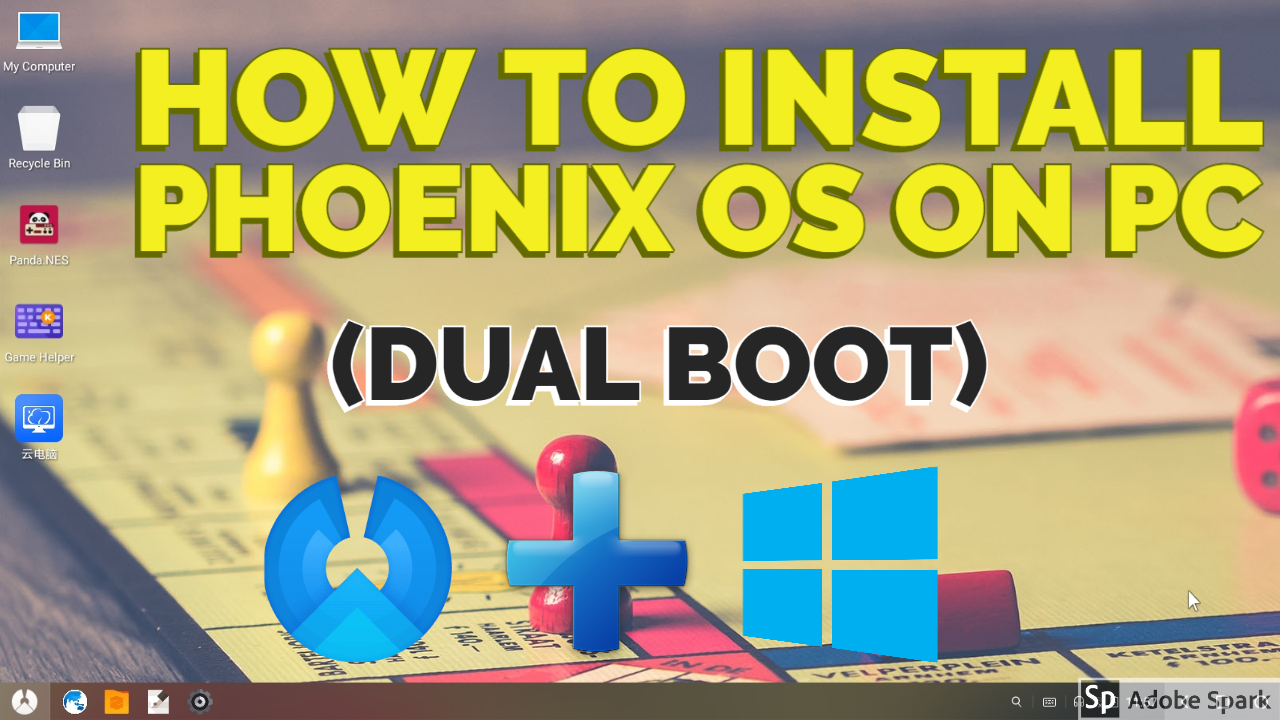
- WINDOWS 10 BOOT MENU EDIT PHOENIX OS HOW TO
- WINDOWS 10 BOOT MENU EDIT PHOENIX OS PC
- WINDOWS 10 BOOT MENU EDIT PHOENIX OS WINDOWS
The timeout value specifies, in seconds, how long to display the menu and wait for a selection before loading the default operating system. This section controls how the boot process works it specifies the default operating system and how long a user has to make a selection from a boot menu, if a boot menu has been enabled.

WINDOWS 10 BOOT MENU EDIT PHOENIX OS HOW TO
Before editing boot.ini, make a copy of it and save it under a different name (such as ), so that you can revert to it if you cause problems when you edit the file.įollowing are details about how to edit the entries in each section:

To customize your menu and startup options, edit the entries in each section. Multi(0)disk(0)rdisk(0)partition(2)\WINNT="Windows 2000 Professional" / Fastdetect :Īs you can see, there are two sections in the file: and.
WINDOWS 10 BOOT MENU EDIT PHOENIX OS WINDOWS
Multi(0)disk(0)rdisk(0)partition(1)\WINDOWS="Microsoft Windows XP Home
WINDOWS 10 BOOT MENU EDIT PHOENIX OS PC
Following is a typical boot.ini file for a PC that has two operating systems installed on it-Windows XP Home Edition and Windows 2000 Proffessional:ĭefault=multi(0)disk(0)rdisk(0)partition(1)\WINDOWS To edit the file, open it with a text editor such as Notepad. To make it visible, launch Windows Explorer, choose View > Tools > Folder Options > View and select the radio button "Show Hidden Files and Folders." To make it a file you can edit, right-click on it in Windows Explorer, choose Properties, uncheck the Read-Only box, and click OK. You might not be able to see it, because it's a system file, and if you can see it, you might not be able to edit it, because it's a read-only file. The boot.ini file is a plain text file found in your root C:\ folder. And as you'll see later in this hack, you can also use the file to create a startup menu that will allow you to choose from different versions of your operating system-for example, one that you'll use for tracking down startup problems, and another for starting in Safe Mode. You can customize that multiboot menu and how your PC starts by editing the boot.ini file, a hidden system file, to control a variety of startup options, including how long to display the menu, which operating system should be the default, whether to use the XP splash screen when XP starts, and similar features. After the 30 seconds elapse, it boots into your default operating system, which is generally the last operating system you installed. The menu stays live for 30 seconds, and a screen countdown tells you how long you have to make a choice from the menu. If you've installed another operating system (in addition to XP) on your system, your PC starts up with a multiboot menu, which allows you to choose which operating system you want to run. Edit or create a startup menu that lets you choose which operating system to boot into in multiboot systems, or create a menu that lets you choose different startup options for your single operating system if you have only XP installed.


 0 kommentar(er)
0 kommentar(er)
